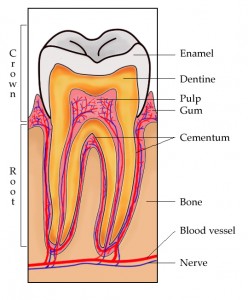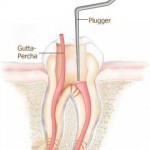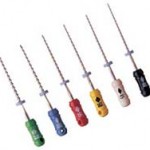4. Bruxism
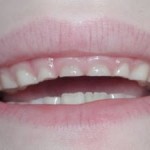
Bruxism or Grinding can be very harmful to your kids
It is a habitual grinding of teeth when the child is not chewing or swallowing. It is divided into Daytime Bruxism (Diurnal) or Night -time Bruxism (Nocturnal). Daytime Bruxism can be conscious or subsconscious grinding along with parafunctional habits and it is usually silent. On the other hand, Night-time Bruxism is categorized as subconscious grinding in a rhythmic pattern. Bruxism happens as a result of faulty fillings, improper teeth occlusion, genetic causes, neurological disturbances, occupational factors, over anxious or stressed children.
Â
What do you notice?
From the tooth surfaces, you will observe your child’s teeth are very much worn off. This feature is called atypical wear facet, whereby the worn area are shiny, uneven with sharp edges on the upper and lower front teeth. Fillings may fracture or tooth may chip off as a result of grinding. Teeth will become mobile and very sensitive to cold and hot food. Besides that, your child may complain of muscular tenderness and fatigue around the cheek on rising in the morning. Jaw movements restricted and difficult in opening mouth for a long time.
   Â
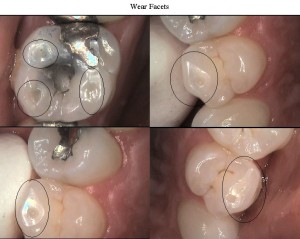
Shiny, uneven sharp edges of wear facets. Credits to shingletonsmiles.com



